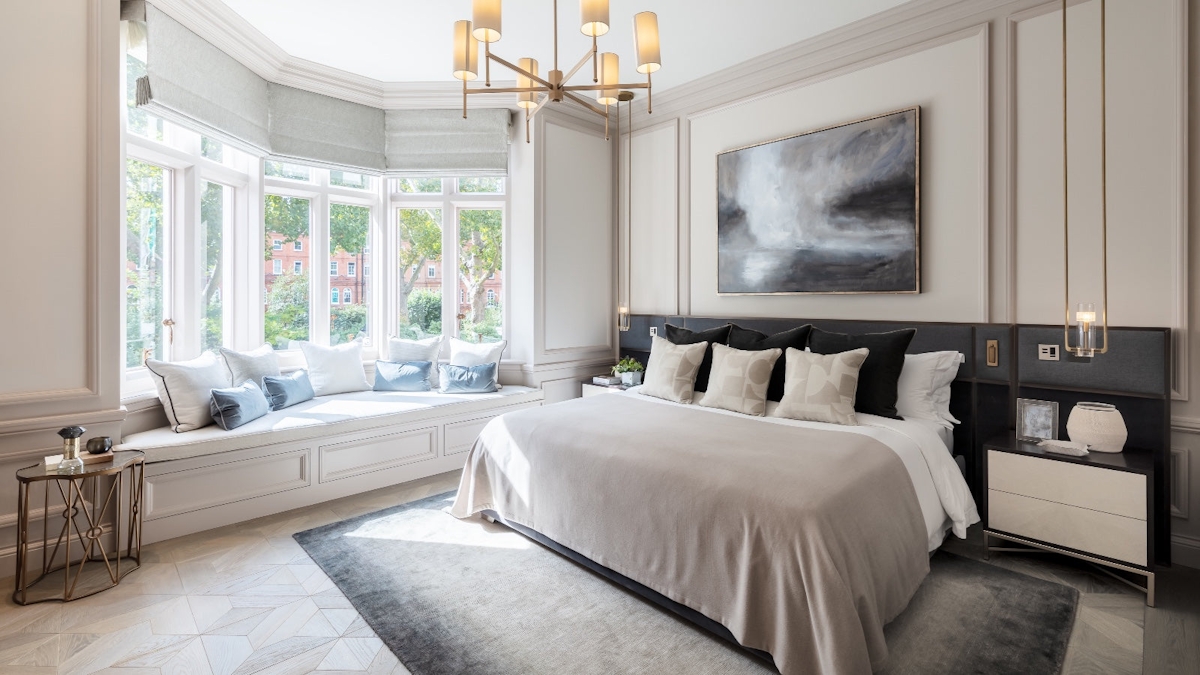With the music off, the television muted, and not a podcast or a playlist to hear of, what, now, do you hear in your home? This is a very simple but valuable exercise in appreciating sound design. It’s so easy to assume that the biggest audio contributor to a setting’s mood is what comes through the speakers. Not so.
Alexander—a saxophonist—explains, “When [we] think of sound, initially we think of music—a powerful tool in the sound armoury—however, what about the environment that surrounds us? Surrounding sounds, defused when entering our home, combined with internal sounds creates multiple combinations.”
So, what are these sound combinations? Do you live in a countryside abode? You’ll very likely hear birdsong, perhaps livestock calling out on nearby pastures and the rushing of a brook at the end of the garden. These sounds individually and collectively will heighten the aesthetic of a farmhouse kitchen or a low-ceilinged cottage sitting room. Live in the city? Then, surprisingly, the sound of sirens and the brouhaha from the pavements below can give an urban luxe apartment more edge and character still. Sound in the home is environmental too. It’s nature’s soundtrack, it’s your location’s album playing on loop, and it’s absolutely always a factor that should feed into your interior design.








